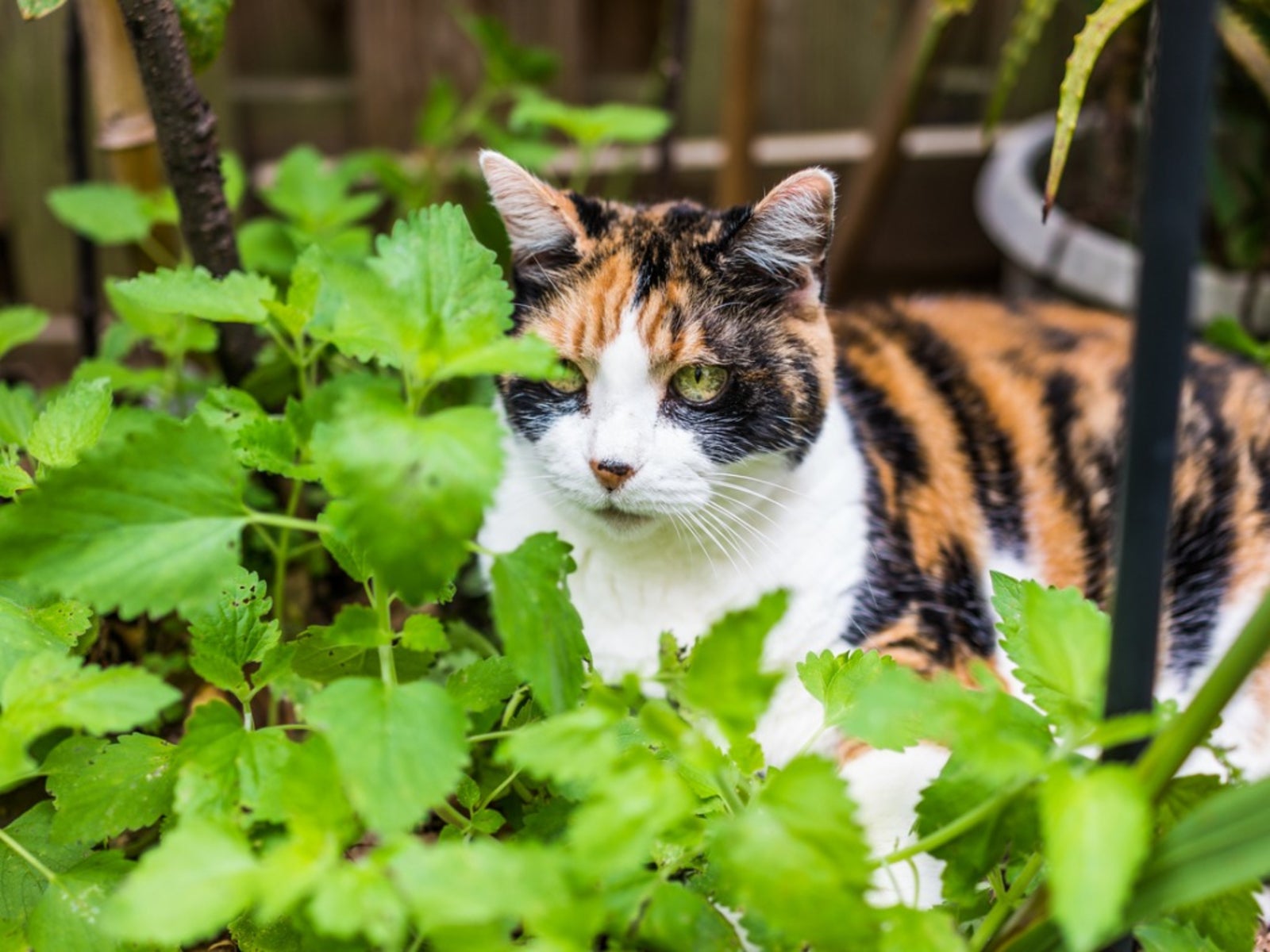Planting Catnip - How To Grow Catnip


Catnip plants (Nepeta cataria) can help make your garden cat-friendly. The catnip herb is a perennial member of the mint family that is best known for being attractive to cats, but can also be used in soothing teas.
Growing this interesting herb is easy, but there are some things you need to know about how to grow catnip.
Planting Catnip
Catnip can be planted in your garden either from seed or from plants.
If you're growing catnip from seed, you'll need to properly prepare the seeds. Catnip seeds are tough and need to be stratified or slightly damaged before they will sprout. This can be done by first placing the seeds in the freezer overnight and then placing the seeds in a bowl of water for 24 hours. This process will damage the seed coat and will make it much easier for the catnip seeds to sprout.
After you have stratified the seeds, you can plant them indoors or outdoors. Thin them to one plant per 20 inches (51 cm.) after they sprout.
You can also plant catnip from plant divisions or started plants. The best time for planting catnip starts or divisions is in either the spring or fall. Catnip plants should be planted 18 to 20 inches (45.5. to 51 cm.) apart.
Growing Catnip
Catnip herb grows best in well draining soil in full sun, but it will tolerate partial sun and a wide variety of soil types.
Sign up for the Gardening Know How newsletter today and receive a free copy of our e-book "How to Grow Delicious Tomatoes".
Once catnip plants are established, they need very little in the way of care. They don't need to be fertilized, as fertilizer can decrease the potency of their smell and flavor.
They only need to be provided with water beyond rainfall if you are growing catnip in pots, or if you are having drought conditions.
Note: Catnip can become invasive in some areas, so you may need to take steps to control it. Catnip plants spread readily by seed, so in order to control its spread, you'll need to remove the flowers before they go to seed.
Growing catnip can be rewarding. Now that you know a few facts about how to grow catnip, you (and your cat) can enjoy this wonderful herb.

Heather Rhoades founded Gardening Know How in 2007. She holds degrees from Cleveland State University and Northern Kentucky University. She is an avid gardener with a passion for community, and is a recipient of the Master Gardeners of Ohio Lifetime Achievement Award.